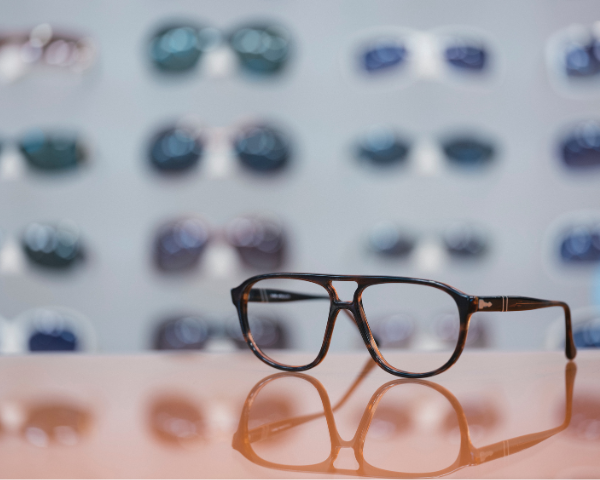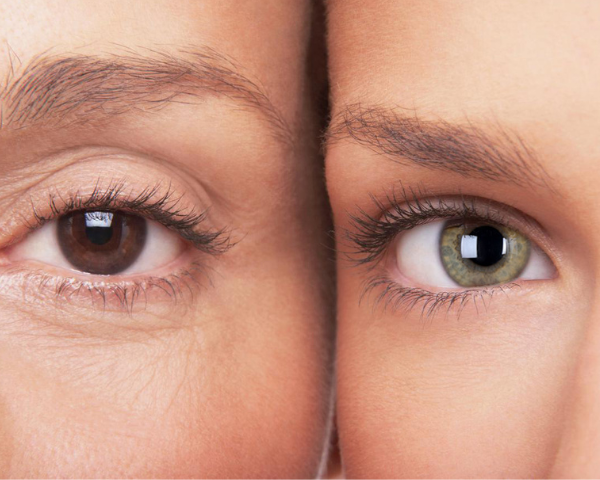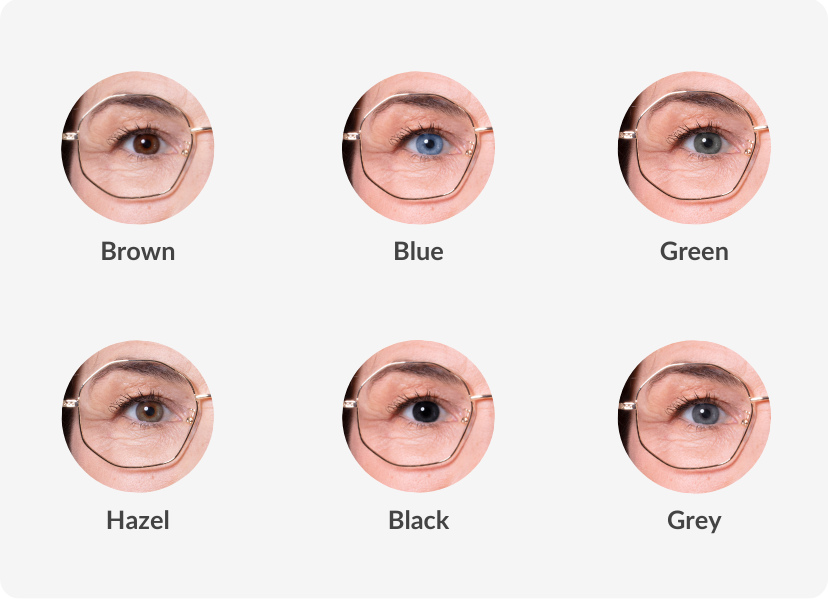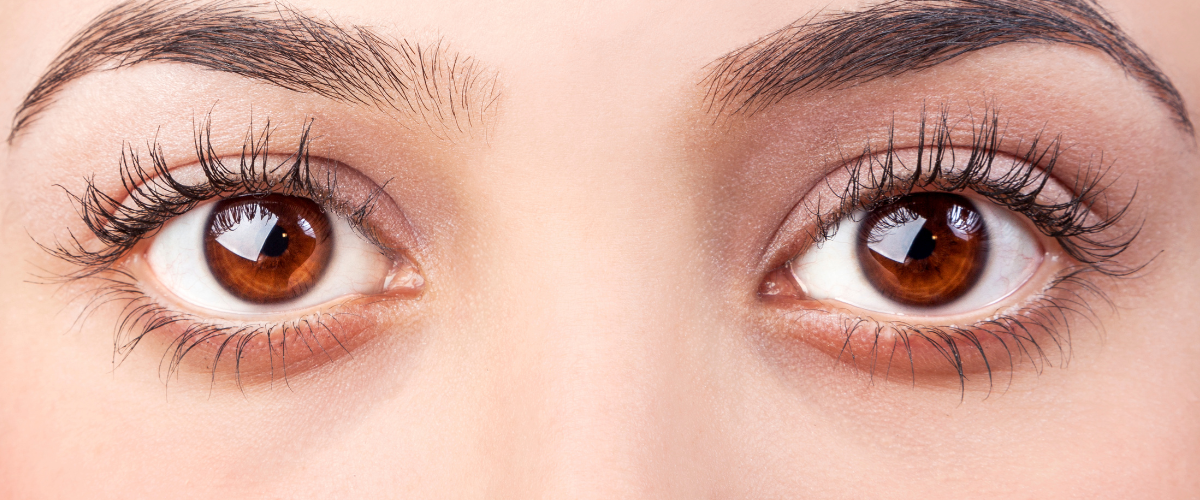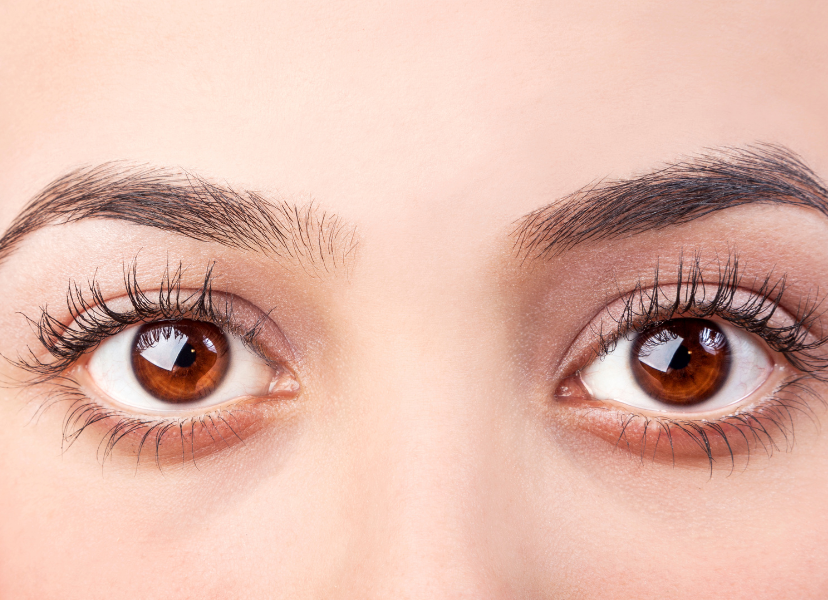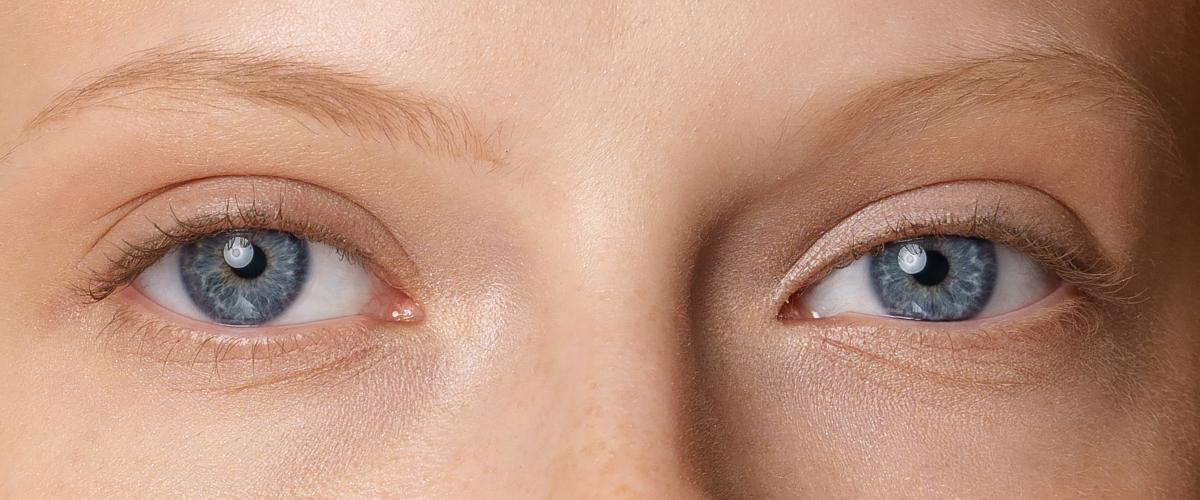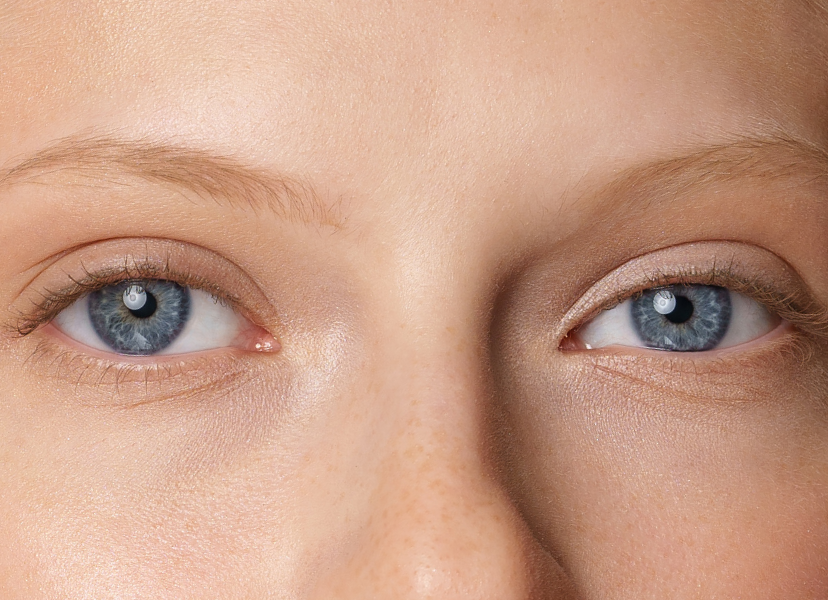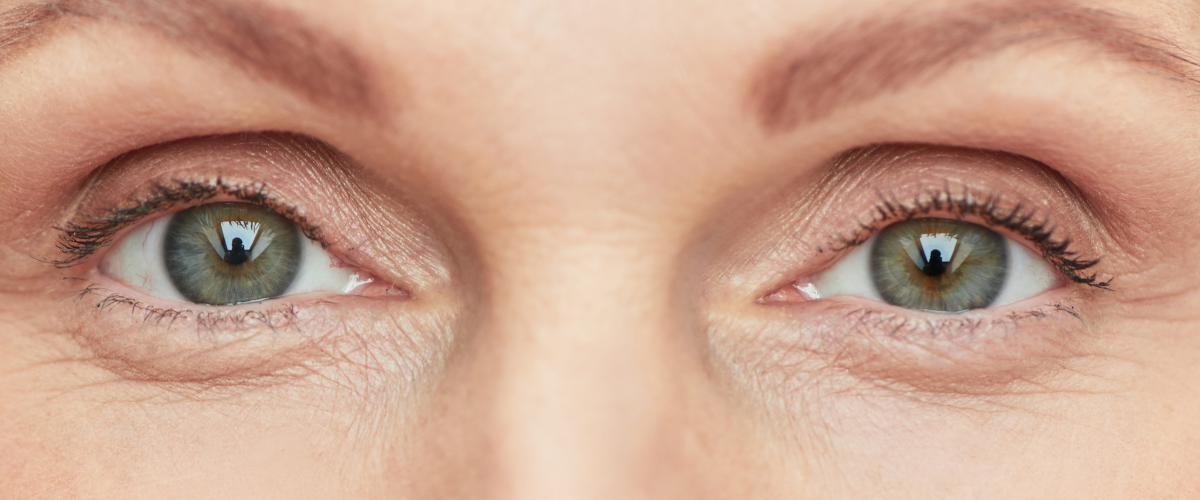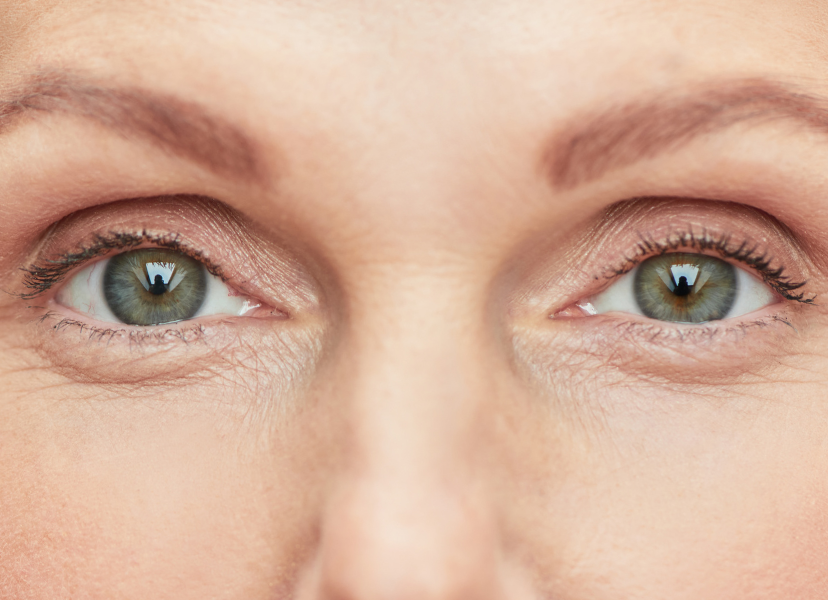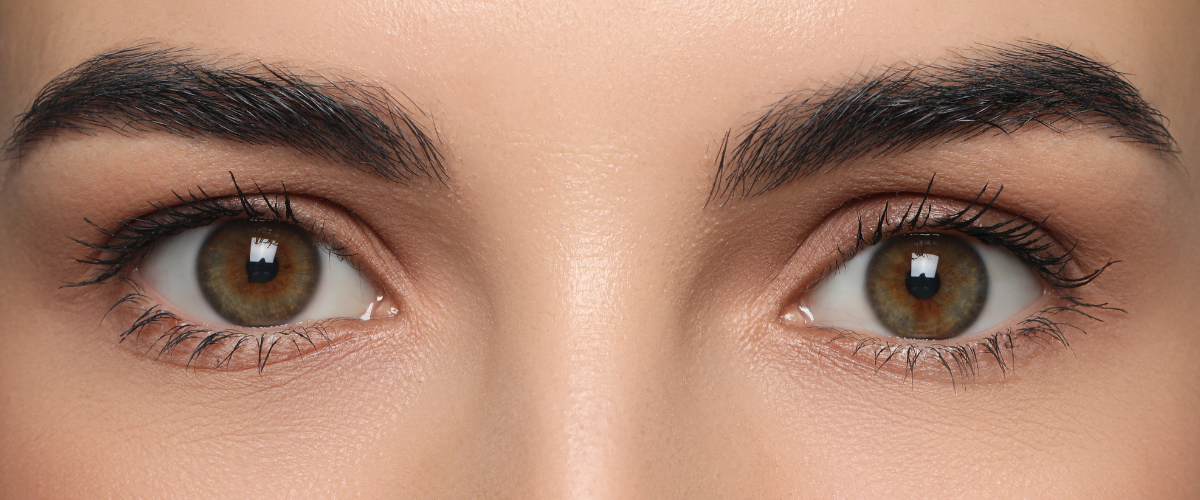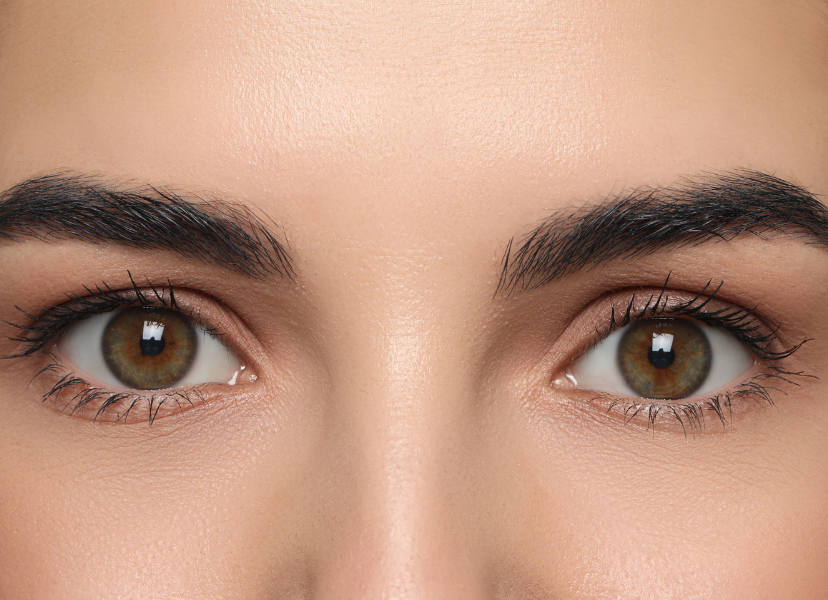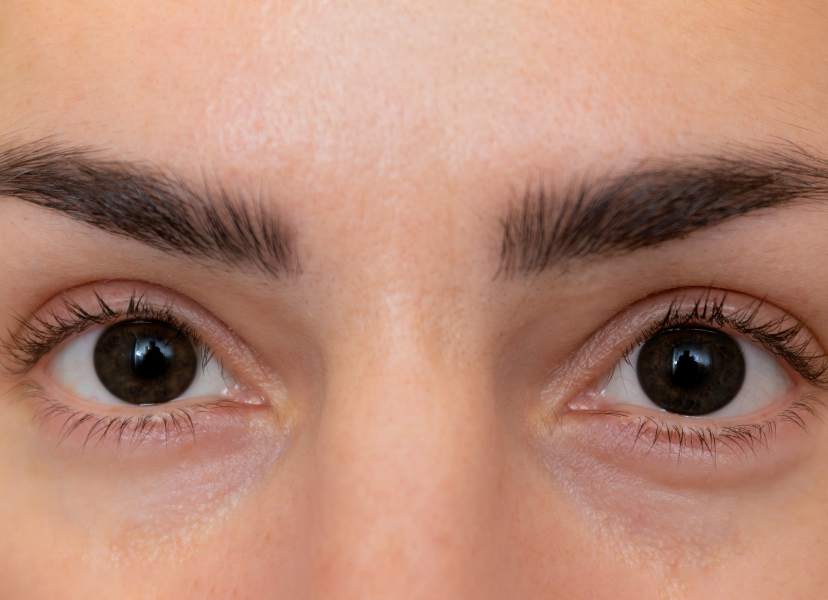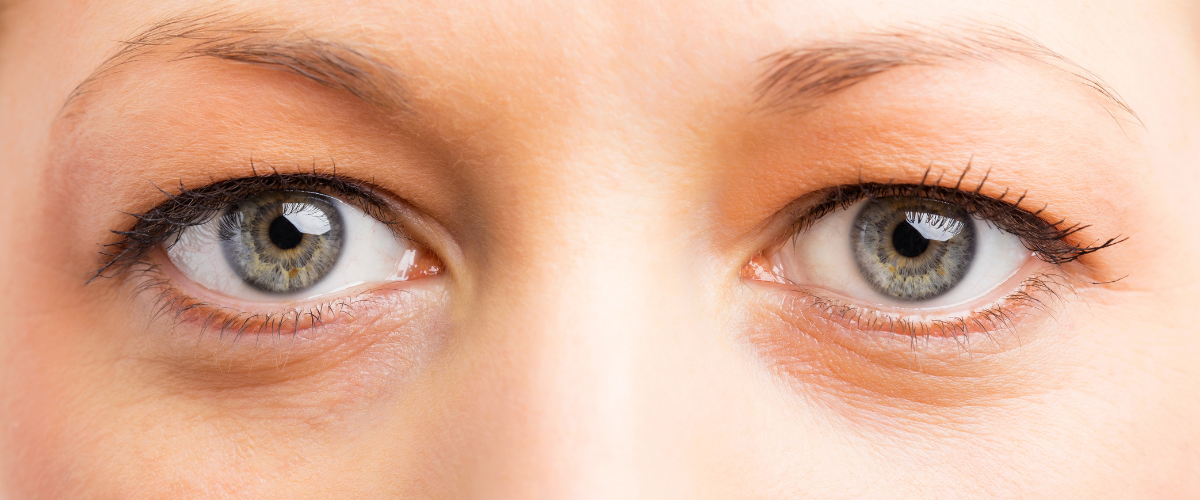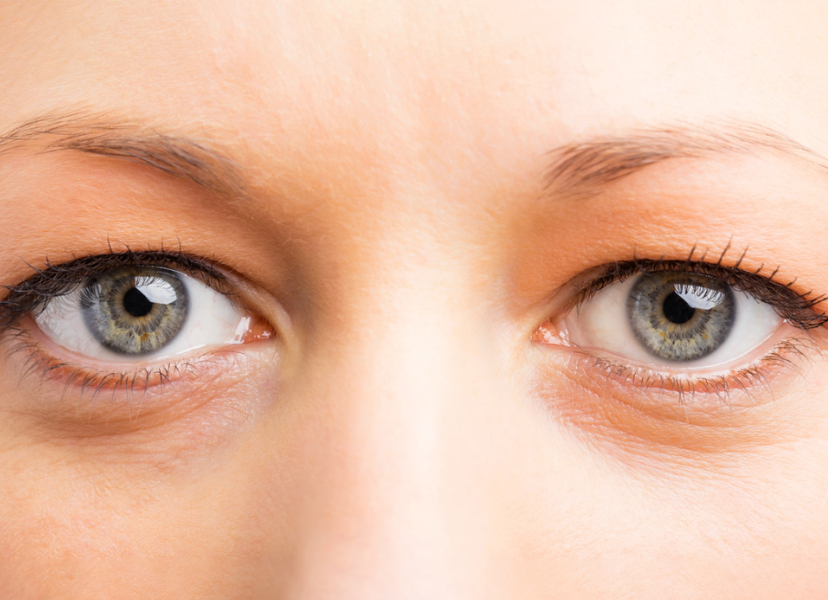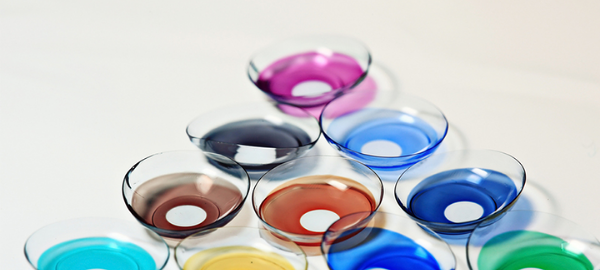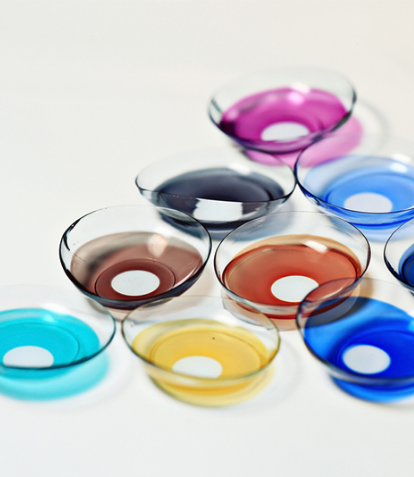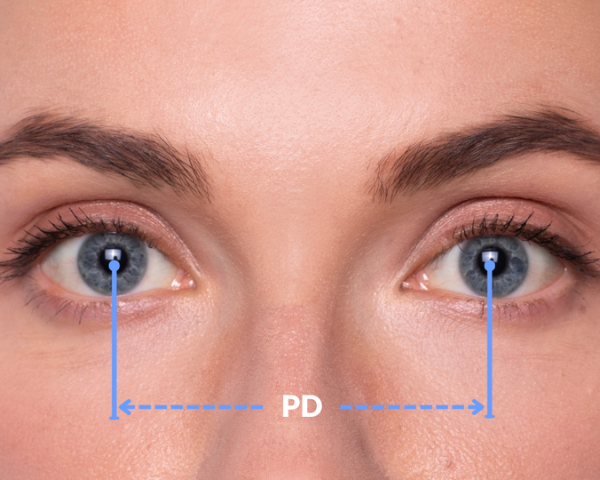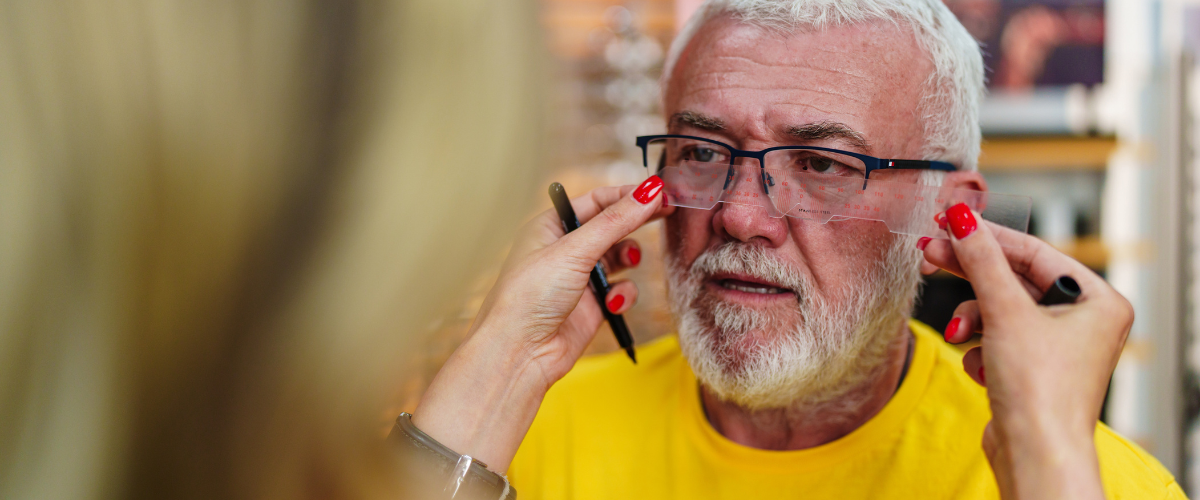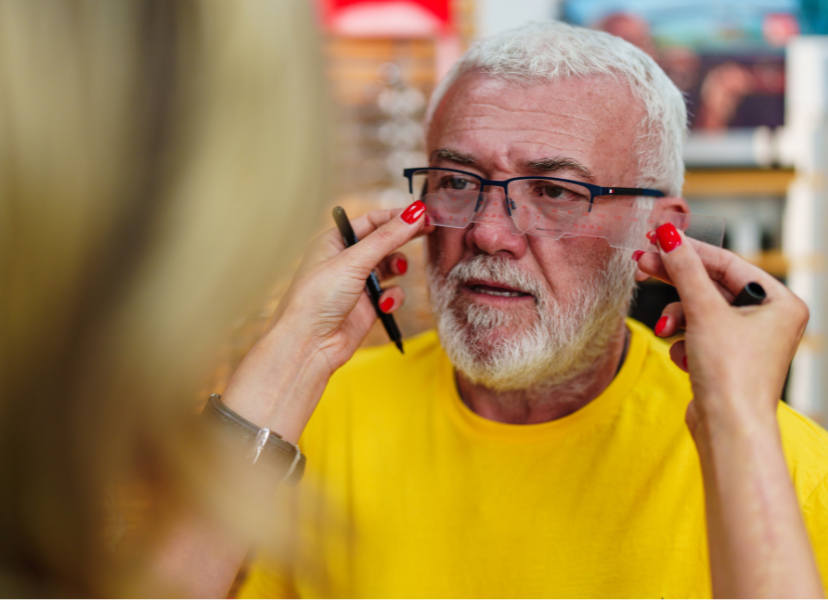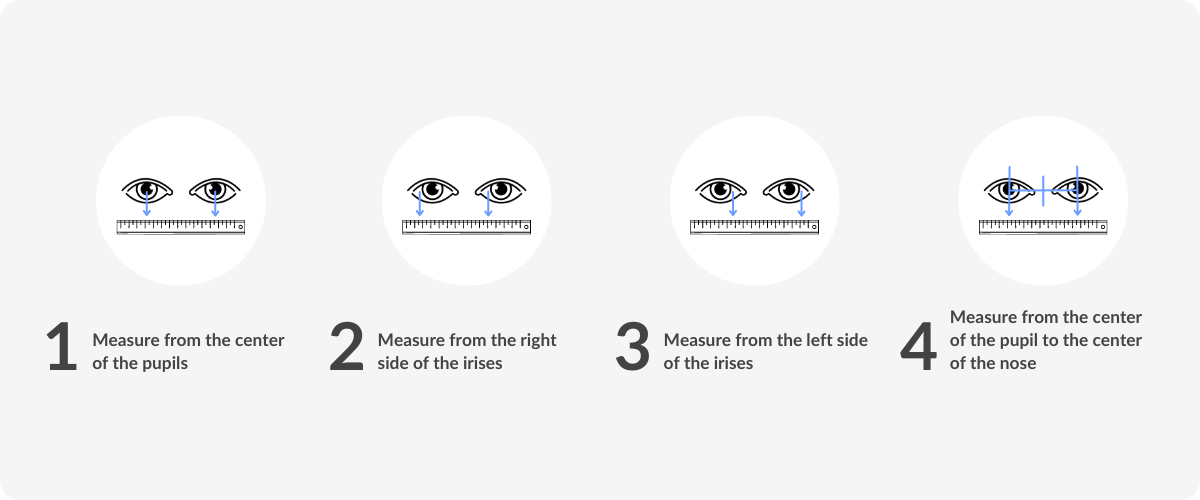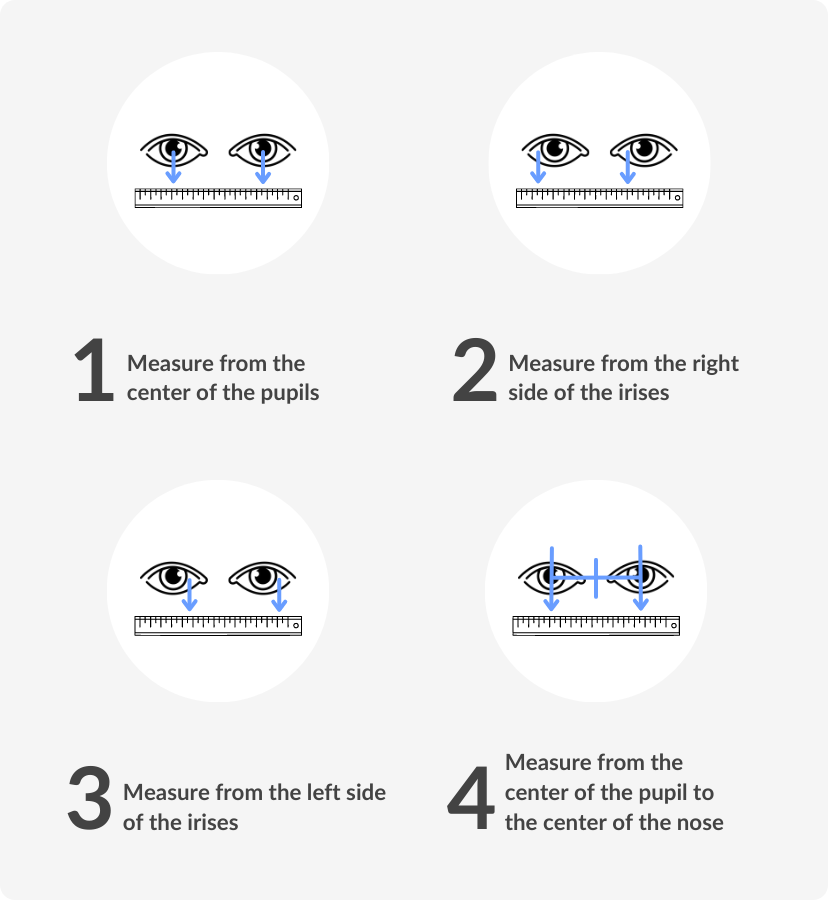
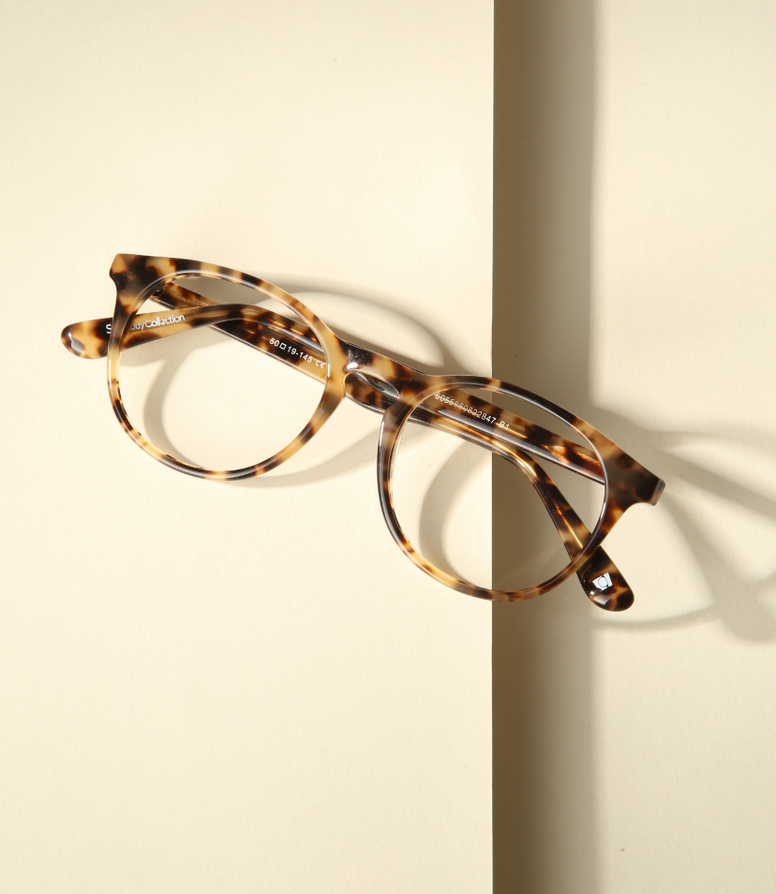
When were Glasses invented?
Have you ever wondered when were glasses invented and who had the genius idea of creating them? This article is about the history of glasses, who invented them, and how they slowly developed into what they are now.
When were the first glasses invented – The early stages
Optical devices were in use back in 1000 A.D. In Ancient Rome, Seneca is believed to have read “all the books of Rome” using a glass globe of water as a magnifier, while monks in the Middle Ages were said to use glass spheres as magnifying glasses to read.
Sources are unclear on when glasses were developed and by whom; some credit the invention to Salvino D’Armate; his epitaph in the Santa Maria Maggiore church in Florence referred to him as the “inventor of spectacles.” Others, on the other hand, credit the invention to Friar Alessandro Della Spina of Pisa. While it seems evident that glasses were invented somewhere in Italy, it’s hard to name the exact inventor.
The first-ever glass frames were created in Venice. The city is well-known for welcoming the most talented glass blowers. Frames were made of bone, leather, or metal, and these glasses were used to magnify words and help during reading.
The first evidence for eyeglasses is Tommaso da Modena’s 1352 portrait of cardinal Hugh de Provence reading in a scriptorium. While it would have been impossible for the cardinal to use eyeglasses (he lived way before glasses were invented), the painting proves that in the mid 13hudreds, glasses were already ordinary and used by cardinals.
Who invented the eyeglasses, and how were glasses made
The invention of printing and the distribution of more and more books led to a higher demand for prescription glasses: people needed better vision and help to read. The most significant developments around glasses started happening during the 17th century. Most importantly, glasses slowly transitioned from just magnifying words to correcting vision.
Here are the most significant steps in the development of glasses:
- In the 1600s: concave lenses are invented to improve distance vision.
- 1727: temples finally make their appearance thanks to optician Edward Scarlett, making glasses more structured and stable on the face
- 1784: Benjamin Franklin invents the bifocals dividing lenses into two zones: one for distance vision, one for near vision
- 1827: Thomas Young discovers astigmatism and later invents cylindrical lenses that are now used to correct it
- 1959: Bernard Maitenaz invents progressive lenses, giving up on the line that used to divide bifocal lenses
- 1950-60: hard plastic contact lenses are being used and become more common
During the 19th & 20th centuries, the development of eyewear continues, and glasses are constantly redesigned with thinner lenses and different frame designs. Glasses today are made with lightweight materials, such as plastic or metal, to ensure comfort and durability; this was not the case many years ago, as lenses were made with heavy glass, and frames were made of leather or bone.
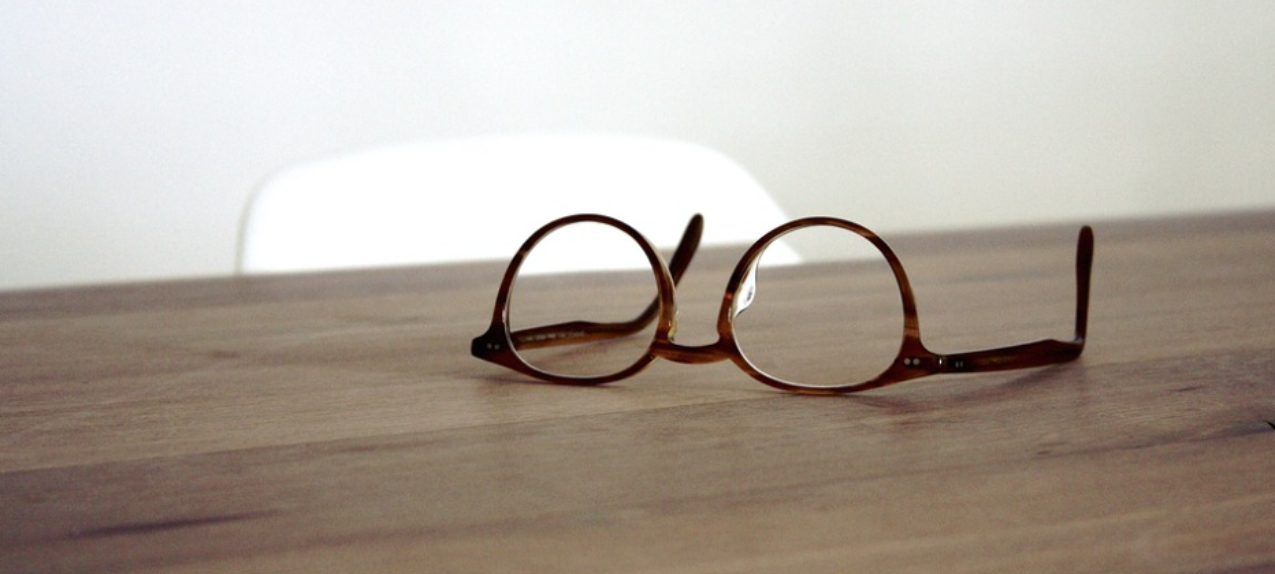
When did eyeglasses become common?
At the beginning of the 19th century, glasses were still handcrafted and not accessible to everyone. Not only were they scarcely produced, but because of their handmade nature, they were costly and only available to wealthy families.
However, the industrial revolution was just around the corner, making it much simpler for working men and women to get the necessary eye correction. Thanks to the mass manufacture of both frames and lenses, these became more available, giving more people a chance to have better vision and good eye health.
Today, with increasing screen exposure, taking care of your eyes and having good vision is crucial! When buying glasses, options are infinite, and choosing the best one can feel overwhelming. You can either visit stores in your area or head online to websites like SmartBuyGlasses, where you can filter through different price ranges, brands, colours, and materials. The best part is that you don’t have to break the bank to have a good pair of eyewear to help you see better!
At SmartBuyGlasses, we believe everyone should benefit from good vision; this is why you can choose between many affordable options and get prescription glasses delivered to your door within days.
What if glasses were never invented
Considering up to 75% of the adult population needs vision correction, most would not be seeing correctly if glasses were never invented. Glasses not being invented would mean most of the world’s population would be suffering from everything that comes with needing proper eye care. This could also result in dangerous situations as good vision is extremely important for daily activities like driving or crucial jobs like operating surgery.
As much as we would love to believe that eyewear is now accessible to everyone worldwide and is not a privilege, that is still not the case.
SmartBuyGlasses’ mission is to help people see and be healthy regardless of their budget; this is why we joined forces with other exclusive brands that share this vision. One of those is Arise Collective, a global eyewear brand featuring sustainably made frames and has a partnership with 1% for the Planet to support global environmental and social causes.
Considering all the progress made in the last 800 years since glasses were invented, we hope to make even more progress and make eyecare accessible to everyone worldwide.
When were Glasses invented?
Have you ever wondered when were glasses invented and who had the genius idea of creating them? This article is about the history of glasses, who invented them, and how they slowly developed into what they are now.
When were the first glasses invented – The early stages
Optical devices were in use back in 1000 A.D. In Ancient Rome, Seneca is believed to have read “all the books of Rome” using a glass globe of water as a magnifier, while monks in the Middle Ages were said to use glass spheres as magnifying glasses to read.
Sources are unclear on when glasses were developed and by whom; some credit the invention to Salvino D’Armate; his epitaph in the Santa Maria Maggiore church in Florence referred to him as the “inventor of spectacles.” Others, on the other hand, credit the invention to Friar Alessandro Della Spina of Pisa. While it seems evident that glasses were invented somewhere in Italy, it’s hard to name the exact inventor.
The first-ever glass frames were created in Venice. The city is well-known for welcoming the most talented glass blowers. Frames were made of bone, leather, or metal, and these glasses were used to magnify words and help during reading.
The first evidence for eyeglasses is Tommaso da Modena’s 1352 portrait of cardinal Hugh de Provence reading in a scriptorium. While it would have been impossible for the cardinal to use eyeglasses (he lived way before glasses were invented), the painting proves that in the mid 13hudreds, glasses were already ordinary and used by cardinals.
Who invented the eyeglasses, and how were glasses made
The invention of printing and the distribution of more and more books led to a higher demand for prescription glasses: people needed better vision and help to read. The most significant developments around glasses started happening during the 17th century. Most importantly, glasses slowly transitioned from just magnifying words to correcting vision.
Here are the most significant steps in the development of glasses:
- In the 1600s: concave lenses are invented to improve distance vision.
- 1727: temples finally make their appearance thanks to optician Edward Scarlett, making glasses more structured and stable on the face
- 1784: Benjamin Franklin invents the bifocals dividing lenses into two zones: one for distance vision, one for near vision
- 1827: Thomas Young discovers astigmatism and later invents cylindrical lenses that are now used to correct it
- 1959: Bernard Maitenaz invents progressive lenses, giving up on the line that used to divide bifocal lenses
- 1950-60: hard plastic contact lenses are being used and become more common
During the 19th & 20th centuries, the development of eyewear continues, and glasses are constantly redesigned with thinner lenses and different frame designs. Glasses today are made with lightweight materials, such as plastic or metal, to ensure comfort and durability; this was not the case many years ago, as lenses were made with heavy glass, and frames were made of leather or bone.

When did eyeglasses become common?
At the beginning of the 19th century, glasses were still handcrafted and not accessible to everyone. Not only were they scarcely produced, but because of their handmade nature, they were costly and only available to wealthy families.
However, the industrial revolution was just around the corner, making it much simpler for working men and women to get the necessary eye correction. Thanks to the mass manufacture of both frames and lenses, these became more available, giving more people a chance to have better vision and good eye health.
Today, with increasing screen exposure, taking care of your eyes and having good vision is crucial! When buying glasses, options are infinite, and choosing the best one can feel overwhelming. You can either visit stores in your area or head online to websites like SmartBuyGlasses, where you can filter through different price ranges, brands, colours, and materials. The best part is that you don’t have to break the bank to have a good pair of eyewear to help you see better!
At SmartBuyGlasses, we believe everyone should benefit from good vision; this is why you can choose between many affordable options and get prescription glasses delivered to your door within days.
What if glasses were never invented
Considering up to 75% of the adult population needs vision correction, most would not be seeing correctly if glasses were never invented. Glasses not being invented would mean most of the world’s population would be suffering from everything that comes with needing proper eye care. This could also result in dangerous situations as good vision is extremely important for daily activities like driving or crucial jobs like operating surgery.
As much as we would love to believe that eyewear is now accessible to everyone worldwide and is not a privilege, that is still not the case.
SmartBuyGlasses’ mission is to help people see and be healthy regardless of their budget; this is why we joined forces with other exclusive brands that share this vision. One of those is Arise Collective, a global eyewear brand featuring sustainably made frames and has a partnership with 1% for the Planet to support global environmental and social causes.
Considering all the progress made in the last 800 years since glasses were invented, we hope to make even more progress and make eyecare accessible to everyone worldwide.

















































